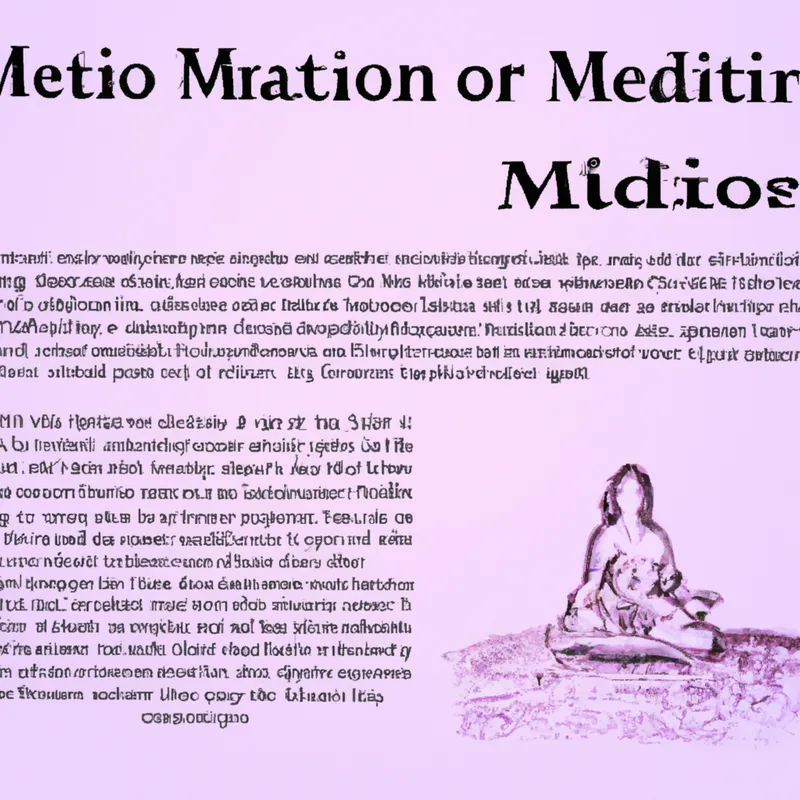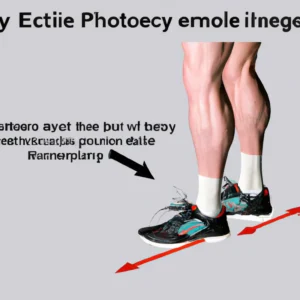Transform Your Mind: Embrace Movement in Meditation
Integrating Movement into Meditation: The Benefits of Walking and Yoga Meditations
Meditation often involves stillness and silence. Many now recognize the benefits of integrating movement into meditation. Walking and yoga meditations combine physical activity with mindfulness, enhancing your meditation experience. This article explores how to incorporate these practices into your routine, their benefits, and their transformative potential.
The Power of Walking Meditation
Walking meditation involves mindful walking. Practitioners focus on each step and bodily sensations. Unlike traditional meditation, walking meditation encourages connection with surroundings and promotes mindfulness.
How to Practice Walking Meditation
Find a quiet space for walking, like a park or spacious room. Start by standing still, grounding yourself, and taking deep breaths. Once you feel centered, begin walking slowly.
Focus on sensations in your feet connecting with the ground. Notice how your legs move, the rhythm of your breath, and the air against your skin. Inhale deeply and exhale slowly with each step. Allow thoughts to come and go without judgment, returning your focus to walking.
Tips for Effective Walking Meditation
Enhance your walking meditation experience with these tips:
– **Choose a Short Path**: A small loop or straight path maintains focus without distractions.
– **Limit Distractions**: Leave your phone behind and avoid music or podcasts.
– **Set a Timer**: Start with five minutes and gradually increase the duration.
– **Enhance Your Senses**: Pay attention to sights, sounds, and smells to deepen your present moment connection.
The Art of Yoga Meditation
Yoga meditation blends movement with mindfulness. Practitioners engage in physical postures that promote relaxation and awareness. The combination of breath and movement fosters physical and mental well-being.
How to Practice Yoga Meditation
Create a comfortable space for yoga practice. Choose simple poses that resonate with you, like child’s pose or downward dog. Focus on your breath as you move through each pose. Inhale deeply while entering a pose and exhale slowly when transitioning.
Incorporate gentle movements and pauses, allowing your body to settle into each position. This approach creates flow and leads to moments of stillness for connecting with your breath.
Conclusion
Integrating movement into meditation deepens your practice. Walking and yoga meditations offer unique benefits, enhancing mindfulness and promoting well-being.
Below are related products based on this post:
FAQ
What is walking meditation and how does it differ from traditional meditation?
Walking meditation involves mindful walking where practitioners focus on each step and bodily sensations. Unlike traditional meditation, which often emphasizes stillness and silence, walking meditation promotes a connection with the surroundings and enhances mindfulness through movement.
How can I effectively practice walking meditation?
To practice walking meditation effectively, find a quiet space and start by standing still while taking deep breaths. Once centered, begin walking slowly, focusing on the sensations in your feet, the rhythm of your breath, and the environment around you. You can enhance the experience by choosing a short path, limiting distractions, and setting a timer for your practice.
What are the benefits of yoga meditation?
Yoga meditation blends movement with mindfulness, engaging practitioners in physical postures that promote relaxation and awareness. This combination of breath and movement fosters both physical and mental well-being, enhancing mindfulness and creating a deeper connection with one’s body and breath during practice.















Post Comment